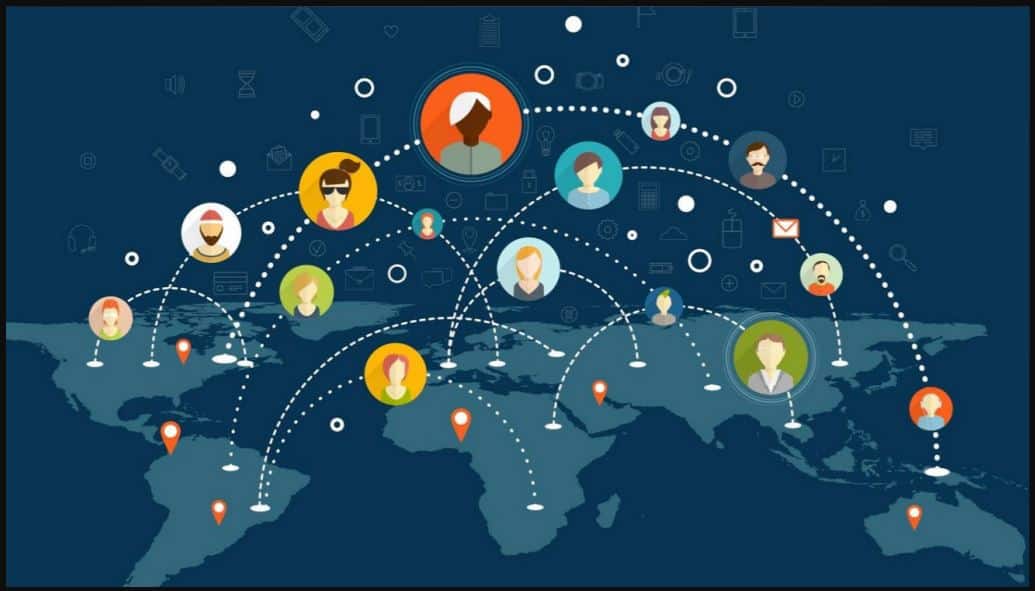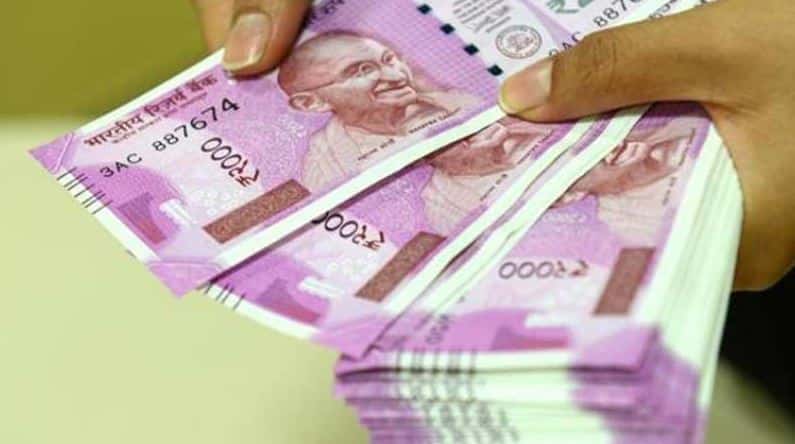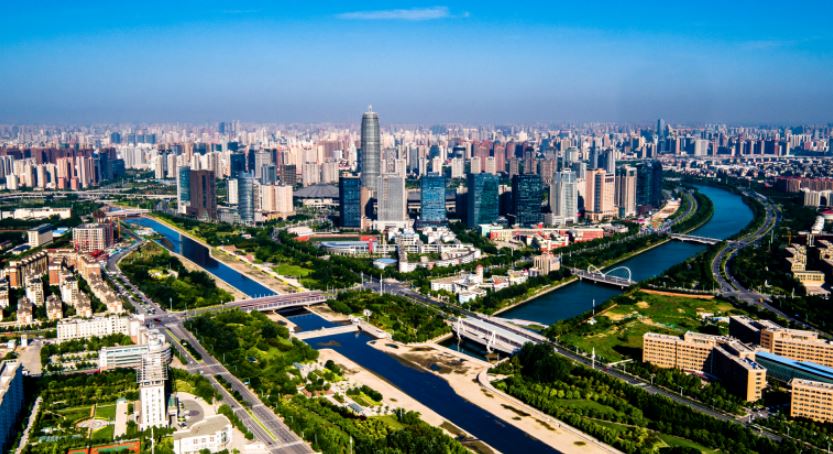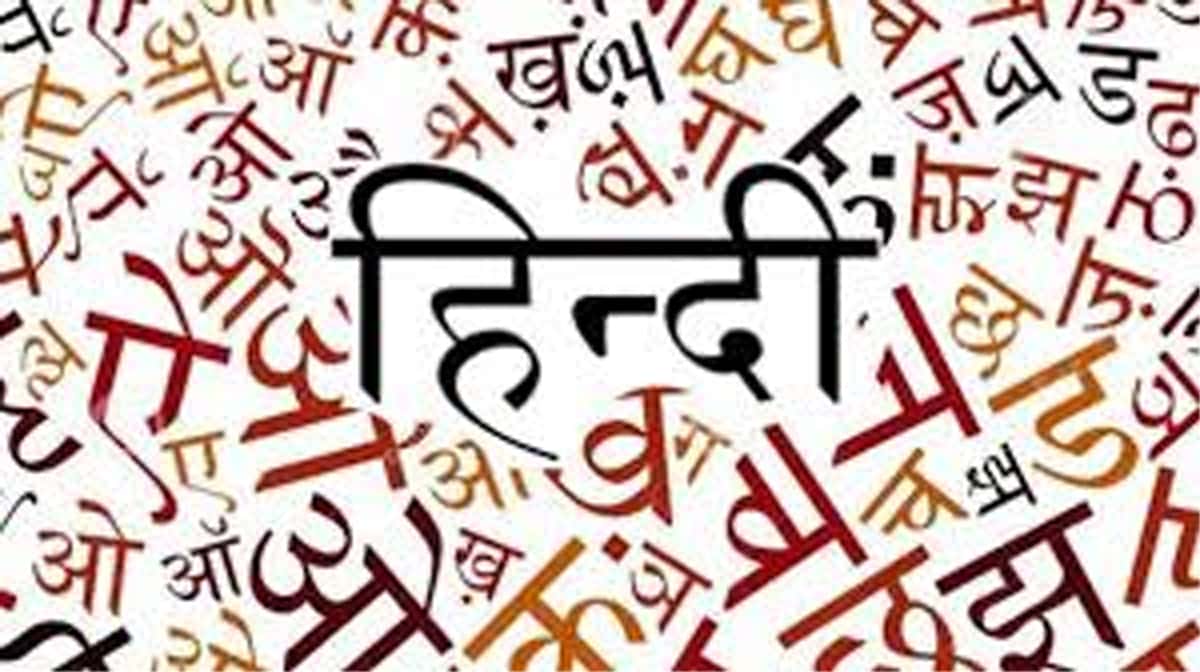Table of Contents
Salient features of Indian Society | UPSC – IAS
India is one of the most religiously and ethnically diverse nations in the world, with probably the most profoundly religious societies and cultures. Religion plays significant role in the life of its people. Although India is a secular Hindu-dominant country.
Concept of Indian Society | UPSC – IAS
Whenever we try to understand society the fact that immediately comes to our mind is the people around us. With them we have relationships both of formal and informal nature.
- The formal nature of relationship is defined by rules regulations and the principles of organizations in which we live. For example in school a student learns to understand what kind of respect .she/he has to extend to his\her teacher and fellow students.
- Thus rules are well established that regulate their behaviors in schools. Similarly as he grows up, joins a college or the university, rules accordingly change and students learn to adjust themselves. After completing his education when he joins the service he is governed by the rules of the office.
In other words the society has a formal setting in which a person is governed by impersonal rules and therefore, he feels a degree of constrain to adjust to the rule. Therefore, a society which has formal institutions people tend to acquire the knowledge about the
- Existing procedures
- Etiquettes,
- Manners and
- Behavior.
However, in informal settings it is not the rules that govern our behavior in society but is the traditions and norms that govern our behavior and the relationships that we tend to develop with each other.
- There are many groups which can be cited as an example of informal settings where relationships are defined by the personalized nature. Family, kinship group, village communities are some such groups where we have relationships that are defined by the norms, traditions and customary practices.
Viewed in the context mentioned above it is said that society is all about social relationships that we have with people around us. Sociologists have also defined ‘society as network of social relationship’, ‘pattern of interaction’, ‘interpretative understanding of social action’ in which interacting individuals are aware of the positions of each other.
- Sociologists are the one who try to understand a disciplined understanding of the wide range of relationships that individuals have with each other and the groups in which they live. They have talked about different types of societies termed as ‘simple’ and ‘compound.‘
- Be it simple or complex the fact that remains unchanged is that each society has its own culture, traditions, social structure and the normative-patterns which are characterized by stability and change.
- That means the structure,culture, the norms of society and its traditions never remain static. They always remain in state of flux. Two factors which account for fluidity and change are internal and external. That Means there are both internal and also external factors of change.
Nature of Indian Society | UPSC – IAS
The nature of Indian society cannot be understood without having a proper examination of its culture and social structure. So far as the culture of Indian society is concerned it is considered to represent the ultimate values and the normative framework of Indian society. Normally the culture includes both the physical and non-physical aspects of people’s life.
- Physical aspects refer to tangible things such as material objects.-
- Non-physical aspects refer to non-tangible and non-material objects such as ideas thoughts, feelings, prejudices etc.
In this context the Indian society and its plural character has to be understood in the background of not the culture only but also its social structure and traditions. Both must be seen as a process of continuity and change.
The salient characteristic of Indian society has to be understood in historical backdrop as the Indian society has its origin 5000 years back when Indus valley civilization emerged as the first known civilization which has two notable culture known as Mohenjo-Daro and Harappan culture, both represented diversity richness and vitality in its long traditions of inhabiting people of diverse socio cultural cities.
- It is pertinent to note here that during a long period of the first known civilization indian society experienced several waves of immigrants. Those who visited India brought their own culture, tradition; language and religion. Needless to mention the ethnic group compositions of the visitors varied in range and scope.
- What is important to note however is the fact that all these cultural tradition that the immigrants brought added to the richness, vitality and diversity of Indian society.
- It is often perceived by the historians that India represented one monolithic culture which brought all the migrants groups culture integrated into one grand society called Hindu society.
This however will misrepresent the fact and reality of Indian Society. The noted sociologists of the Indian origin M.N Srinivas, in particular, is of the opinion that the cognitive understanding of the Indian society relies heavily on the indological evidence and therefore they tend to understand Indian society in terms of scriptural texts available.
- Needless to mention that such a perspective may be called a ‘book view’ of understanding Indian society that highlights the glory of vedic age of Indian History.
- A closer and pointed analytical focus however would like to examine the dynamics of Indian society keeping in mind the empirical situation that obtains in the field. The studies conducted by” historians – like DD Kosambi point out the material conditions of earlier time to understand the society of those days.
Evolution of indian Society | UPSC – IAS
The evolutionary course of Indian society and the life and the people suggest that there was co-existence of plural culture traditions of Indian society. The contemporary Indian society reveals different levels of social evolution that consisted following stages of its development.
- Primitive hunters and food gatherers
- Shifting cultivators who used digging sticks and hoes.
- Nomads of different types which Included breeders of goats, sheep and cattle
- Settled agriculturist who used the plough for cultivation.
- Artisans and landed as well as aristocracies of ancient lineage.
When we focus attention on the religious groupings of ancient times we find the evidence of several world’s major religious grouping which includes:-
1931 census classified Indian population under ten religious groups. This shows the diversity of religious groups reported in the census data in the first quarter of 20th century.
The- three main dimension of their roles in their social structure may be examined under following heads:-
- The relation between different castes and religious groups
- General role of religion in the economic development
- Religion and castes determining socioeconomic privileges of people.
Constituents of Indian Social Structure | UPSC – IAS
The major components of social structure are statuses, roles, social networks, groups and organizations, social institutions, and society. Social structure is often treated together with the concept of social change, which deals with the forces that change the social structure and the organization of society.
The following groups are considered to be the mainstay of Indian social structure:
- The village-community
- The caste system
- The joint family system
- The kinship groups
- Ethnic groups and Minorities
- Rural ,urban and tribal social structure
Characteristics of Indian Society | UPSC – IAS
So far as the characteristics of Indian Society is concerned it is generally acknowledged that Indian society is characterized by both unity and diversity.
The features of indian society is treated as policy document and remains a cliche that very often is echoed by social scientist and the nationalist.
- The fact that remains a puzzle is that very often such a perspective is contested by those who try to either propagate or portray Indian society in this manner.
- It is pertinent to mention here that a society which has evolved over a period of time witnessed lot of turmoil and storm before it acquired a political character after its independence in 1947.
- In other words the modern Indian society harbours the salient character of its tradition and cultural legacy of earlier days and also infuse in its overarching and ever expanding universe the traits of global character.
Thus the characteristics of Indian society may be understood under following heads:-
- Unity
- Diversity
- Harmonious coexistence at global level
- Emerging centre of power in global context
- Providing spiritual leadership
- Pragmatic rationality
- Spreading entrepreneurial skills
- Ambassador of global cultural traits having Indian flavour.
- Harbinger of cultural renaissance.
- Modernization of Indian tradition
Nature and extent of Indian society | UPSC – IAS
India is a vast country with various types of diversities. The entire society is divided by caste, religion, language, race etc. But with all these diversities we live together as there is a fundamental unity among us.
Diversity in india is found in terms of:-
- Race
- Religion
- Language
- Caste
- Culture
- Racial groups
Factors of Unity | UPSC – IAS
“Though outwardly there was diversity and infinite variety among our people, everywhere there was that tremendous impress of oneness, which had held all of us together for ages past, whatever political fate or misfortune had befallen us.” — The Search for India, from The Discovery of India, 1946
Unity in diversity is an idea of “unity without uniformity and diversity without fragmentation” that shifts focus from unity based on a mere tolerance of physical, cultural, linguistic, social, religious, political, ideological and/or psychological differences towards a more complex unity based on an understanding that difference enriches human interactions.
The factors of unity in India are its:-
- Indian Polity
- National Culture and festivals
- Ethnicity and Cultural unity
- Geographical boundaries
- Legacy of great rulers
- Pilgrimage centers
- Geographical Unity
- Religious and Emotional Unity
- Linguistic and Racial Unity










